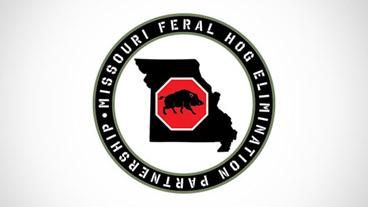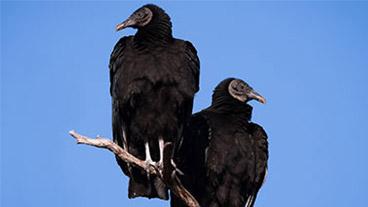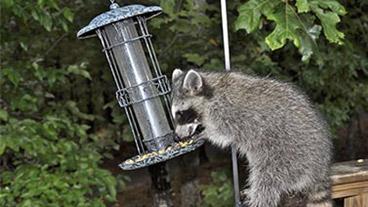

The MU Feral Hog Extension Project, a collaborative educational program conducted in partnership with the Missouri Department of Conservation (MDC) and USDA APHIS-Wildlife Services, promotes the adoption of feral hog eradication efforts on private lands in the state for economic and conservation benefits.

The MU Black Vulture Project is designed to improve our understanding of vulture ecology, the dynamics of vulture conflicts, and to provide educational assistance for livestock producers and clientele with information on how to prevent and control problems and deal with potential conflicts should they occur. The Project is conducted in partnership and collaboration with the Missouri Department of Agriculture and USDA APHIS-Wildlife…

The presence of wildlife around your home or on your property typically is beneficial but may at times conflict with your goals. Learn about scientifically valid ways to prevent damage and control nuisance wildlife.
Feral swine are the same species, Sus scrofa, as pigs that are found on farms. Feral swine are descendants of escaped or released pigs. Feral swine are called by many names including; wild boar, wild hog, razorback, piney woods rooter, and Russian or Eurasian boar. No matter the name they are a dangerous, destructive, invasive species.
There are a number of signs that indicate the presence of feral hogs. Hogs root around in pursuit of various foods like roots, acorns, and earthworms, plowing the soil to depths of 2 to 8 inches. If several hogs are involved, these rooted areas can stretch over many acres. If you see an area that looks like it has been tilled, chances are feral hogs were the cause. Other indications of hog damage include muddy pits, called wallows, or rubbings low on tree.
Aims to protect and manage the fish, forest and wildlife resources of the state. MDC has resource foresters available to help landowners manage their woodlands, as well as wildlife damage biologists to help landowners and homeowners prevent and control damage caused by wildlife. Availability is dependent on demand for landowner assistance in your area.

Field Specialist in Agronomy